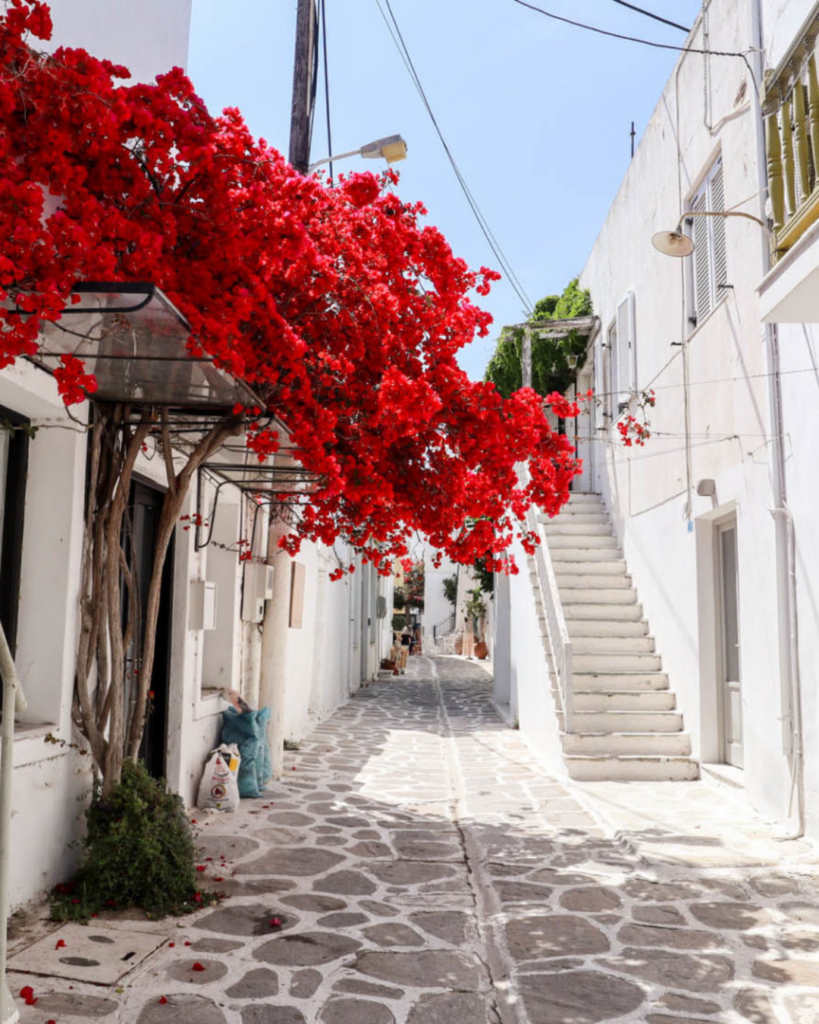Discover the essence of Japanese culinary artistry through its diverse and delightful desserts. From delicate traditional confections to modern interpretations, the “10 Best Japanese Desserts” showcase a blend of exquisite flavors, meticulous craftsmanship, and cultural significance. Each dessert offers a unique sensory experience, often reflecting seasonal changes and celebrating centuries-old traditions. Indulge in the silky texture of Matcha Parfait, where green tea meets creamy sweetness, or savor the elegant simplicity of Sakura Mochi, wrapped in a fragrant cherry blossom leaf.
Dive into the refreshing Kakigori, finely shaved ice topped with vibrant syrups and indulgent toppings, or relish the comforting warmth of Dorayaki, filled with rich red bean paste. Whether enjoyed during festive celebrations or quiet moments of reflection, these desserts encapsulate Japan’s rich culinary heritage and invite you to embark on a journey of taste and tradition.
Ready to try Japanese Desserts!
Mochi
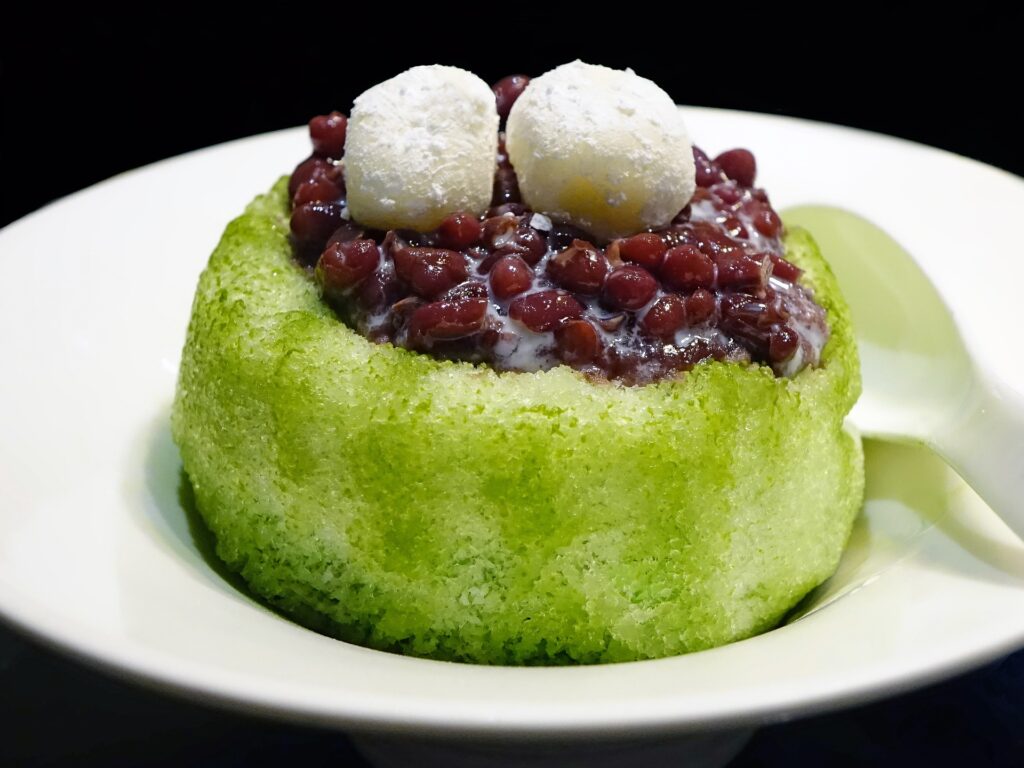
Mochi is a traditional Japanese dessert made from glutinous rice pounded into a sticky, chewy texture. Often filled with sweet red bean paste, ice cream, or fruit, mochi is enjoyed year-round but is especially popular during Japanese New Year celebrations for its delightful taste and unique texture.
5 Key Facts
- Traditional Japanese Dessert: Mochi is a staple in Japanese cuisine, especially during New Year celebrations.
- Made from Glutinous Rice: The rice is pounded until it becomes sticky and smooth.
- Variety of Fillings: Common fillings include sweet red bean paste, ice cream, and fruit.
- Cultural Significance: Mochi is often associated with good fortune and prosperity.
- Versatile Uses: It can be eaten on its own, in soups (ozoni), or as a topping for desserts.
Recipes to Try
Matcha Parfait
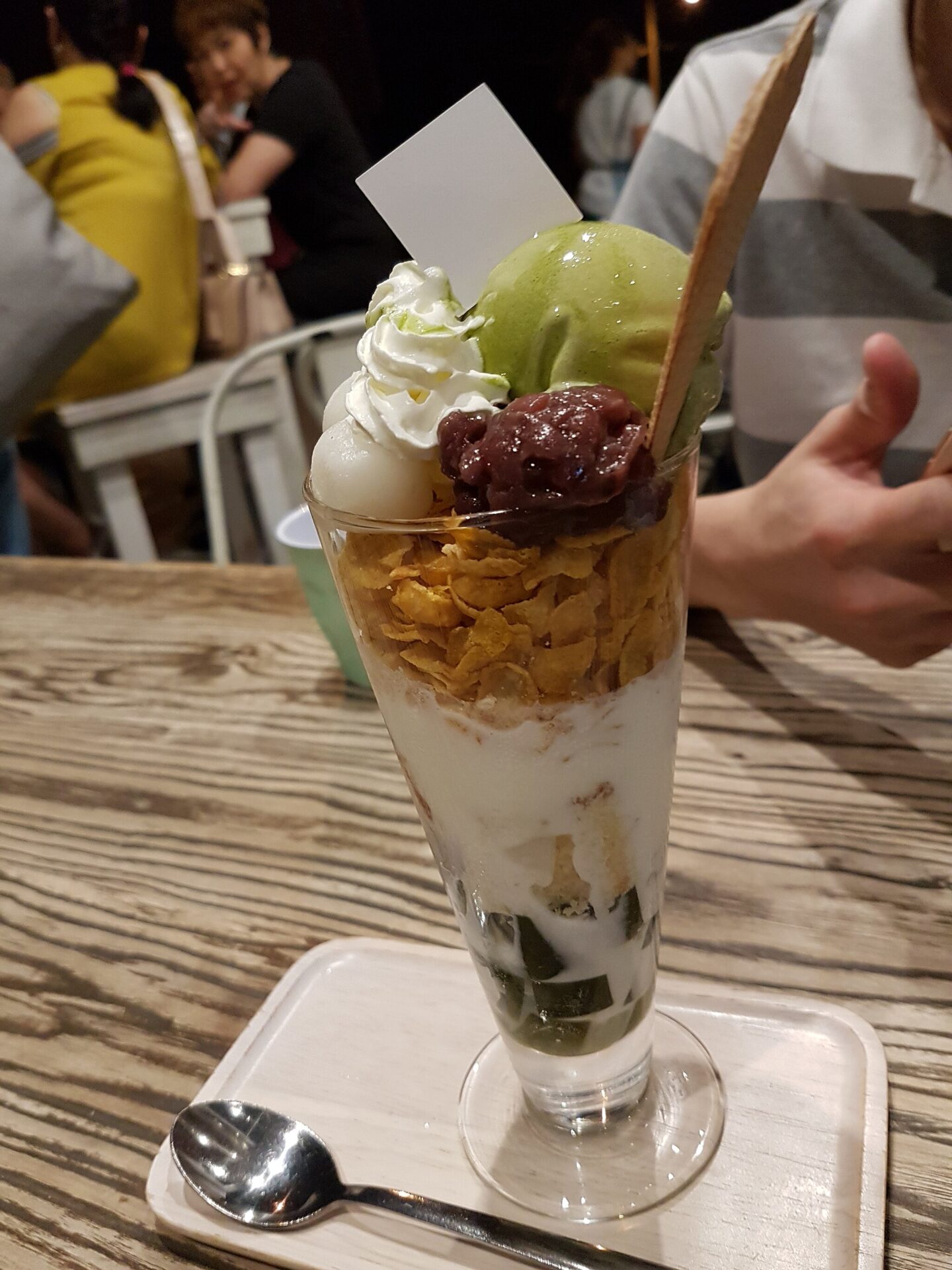
Matcha parfait is a layered Japanese dessert featuring matcha (green tea) ice cream, whipped cream, sweet red bean paste, and various toppings like mochi, fruits, and cornflakes. This delightful treat combines the rich, earthy flavor of matcha with the sweetness of other ingredients for a refreshing experience.
5 Key Facts
- Japanese Dessert: A popular treat in Japan, often enjoyed in cafes.
- Matcha Flavor: Made with matcha, a finely ground green tea powder known for its earthy taste.
- Layered Ingredients: Typically includes layers of matcha ice cream, whipped cream, sweet red bean paste, and mochi.
- Variety of Toppings: Common toppings include fruits, cornflakes, and sometimes chocolate or jelly.
- Refreshing and Nutritious: Combines the antioxidants of matcha with the sweetness of other ingredients, making it both delicious and beneficial.
Recipes to Try
- Your perfect Matcha Parfait Recipe
- Japanese Matcha Parfait With Wagashi
- Matcha & Berry Parfait – ArpitasFoodPod
Dorayaki
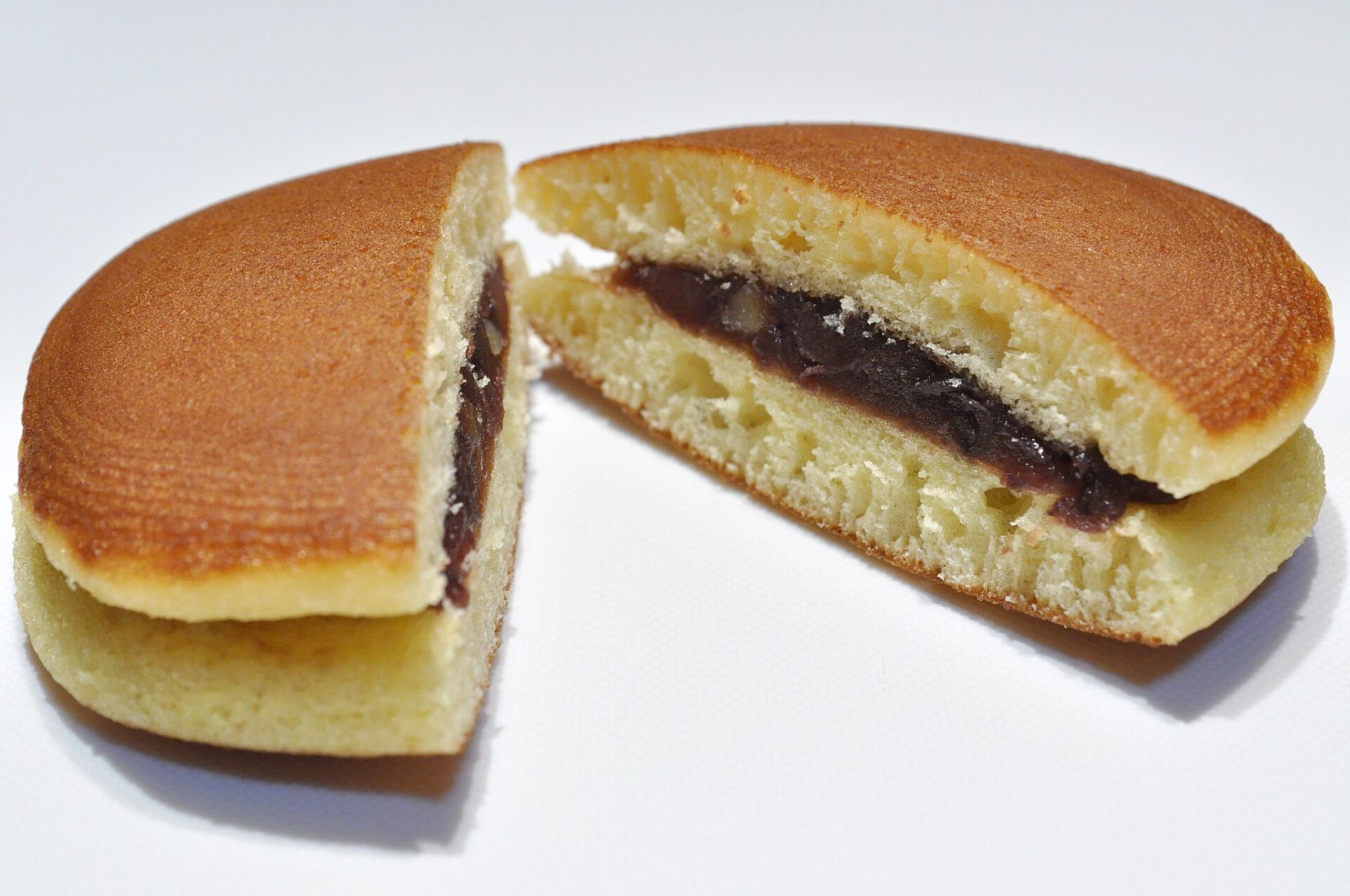
Dorayaki is a popular Japanese confection consisting of two fluffy pancakes filled with sweet red bean paste. Known for its soft texture and delicious filling, Dorayaki is a beloved snack often enjoyed with tea. Its name comes from “dora,” meaning “gong,” due to its shape.
5 Key Facts
- Japanese Confection: Dorayaki is a traditional Japanese sweet snack.
- Two Pancakes: It consists of two fluffy, pancake-like layers.
- Red Bean Paste Filling: The filling is typically sweet red bean paste (anko).
- Gong Shape: The name “dorayaki” comes from “dora,” meaning “gong,” due to its round shape.
- Popular Snack: It’s a beloved treat often enjoyed with tea, and is especially popular among children.
Recipes to Try
Taiyaki
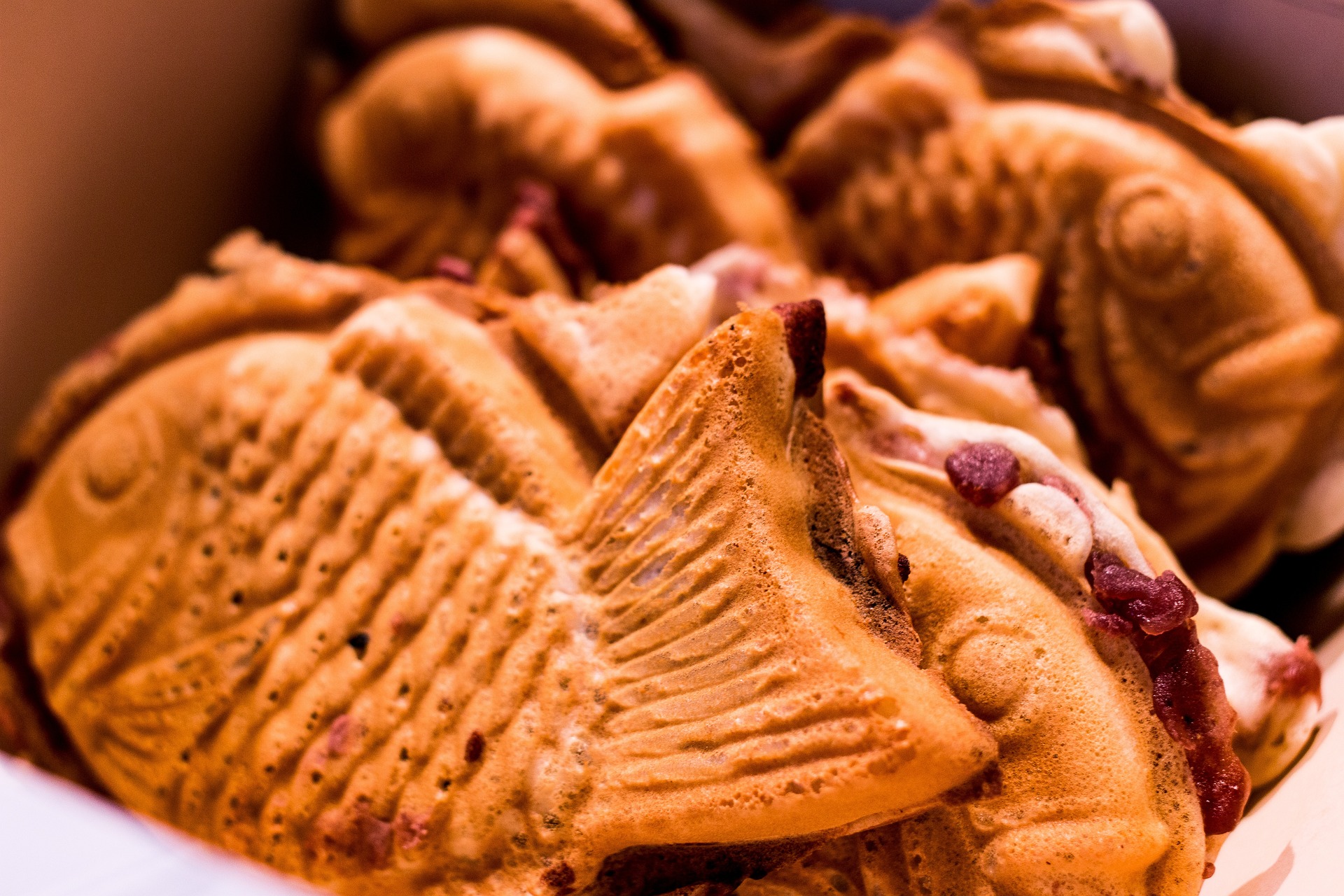
Taiyaki is a popular Japanese fish-shaped cake filled with sweet red bean paste, custard, or chocolate. Made from pancake or waffle batter, this street food treat is cooked in a fish-shaped mold, creating a crispy exterior and soft, flavorful interior. It’s enjoyed year-round.
5 Key Facts
- Fish-Shaped Cake: Taiyaki is a Japanese cake shaped like a fish, specifically a sea bream.
- Variety of Fillings: Common fillings include sweet red bean paste, custard, chocolate, and cheese.
- Street Food Favorite: It’s a popular street food often found at festivals and food stalls.
- Made with Batter: The batter used is similar to pancake or waffle batter.
- Crispy and Soft: Taiyaki has a crispy exterior and a soft, flavorful interior.
Recipes to Try
Anmitsu
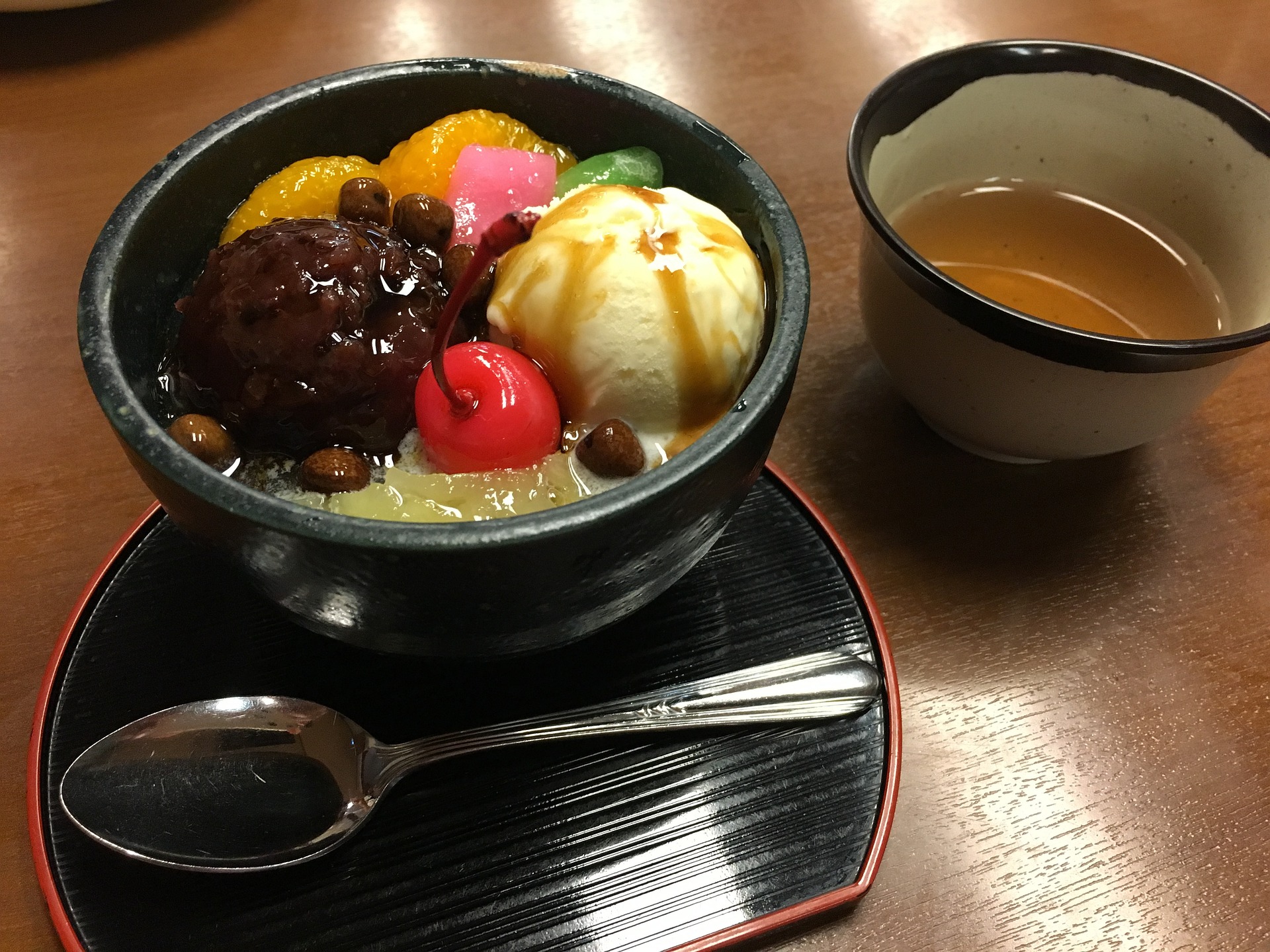
Anmitsu is a traditional Japanese dessert featuring agar jelly cubes, sweet red bean paste, fruits, and mochi. Often served with a drizzle of black syrup (kuromitsu), this refreshing treat combines various textures and flavors, making it a popular summertime dish in Japan.
5 Key Facts
- Traditional Dessert: Anmitsu is a classic Japanese dessert enjoyed for its refreshing qualities.
- Agar Jelly Base: Made with agar jelly cubes, which are derived from seaweed.
- Sweet Red Bean Paste: Typically includes a serving of sweet red bean paste (anko).
- Fruit and Mochi: Common toppings include a variety of fresh fruits and chewy mochi pieces.
- Served with Kuromitsu: Often drizzled with kuromitsu, a dark sugar syrup, for added sweetness.
Recipes to Try
Castella
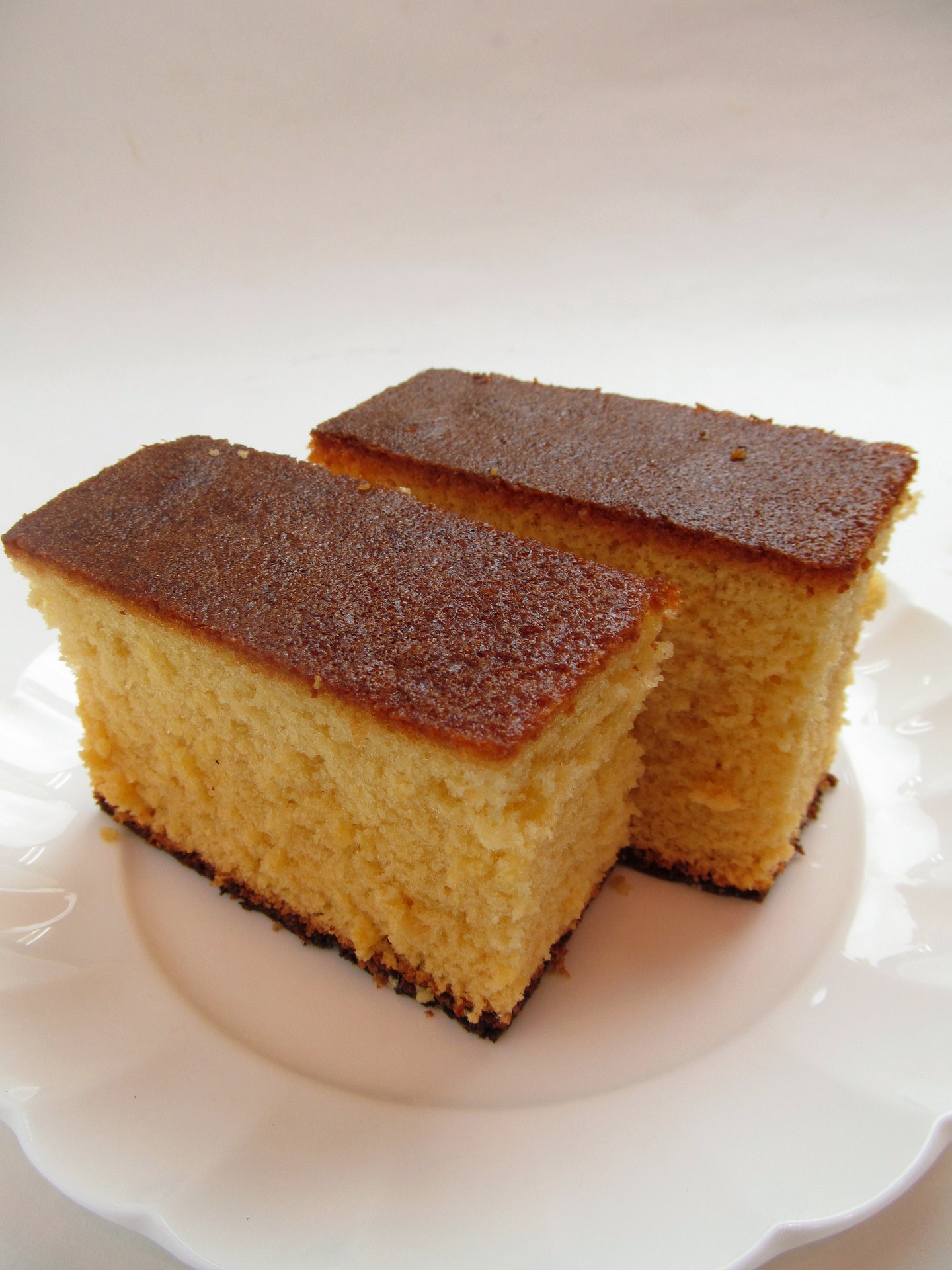
Castella is a traditional Japanese sponge cake with Portuguese origins, introduced in the 16th century. Made from flour, sugar, eggs, and starch syrup, it has a soft, moist texture and a sweet flavor. Castella is enjoyed as a dessert or with tea, popular throughout Japan.
5 Key Facts
- Portuguese Origin: Castella, or Kasutera in Japanese, originated from Portuguese merchants in the 16th century.
- Sponge Cake: It is a type of sponge cake made with flour, sugar, eggs, and starch syrup.
- Moist and Dense: Castella has a soft and moist texture, often with a dense crumb.
- Popular in Japan: It became popular in Japan during the Edo period and remains a beloved dessert.
- Versatile Usage: It can be enjoyed as a standalone dessert or paired with tea, coffee, or ice cream.
Recipes to Try
Wagashi
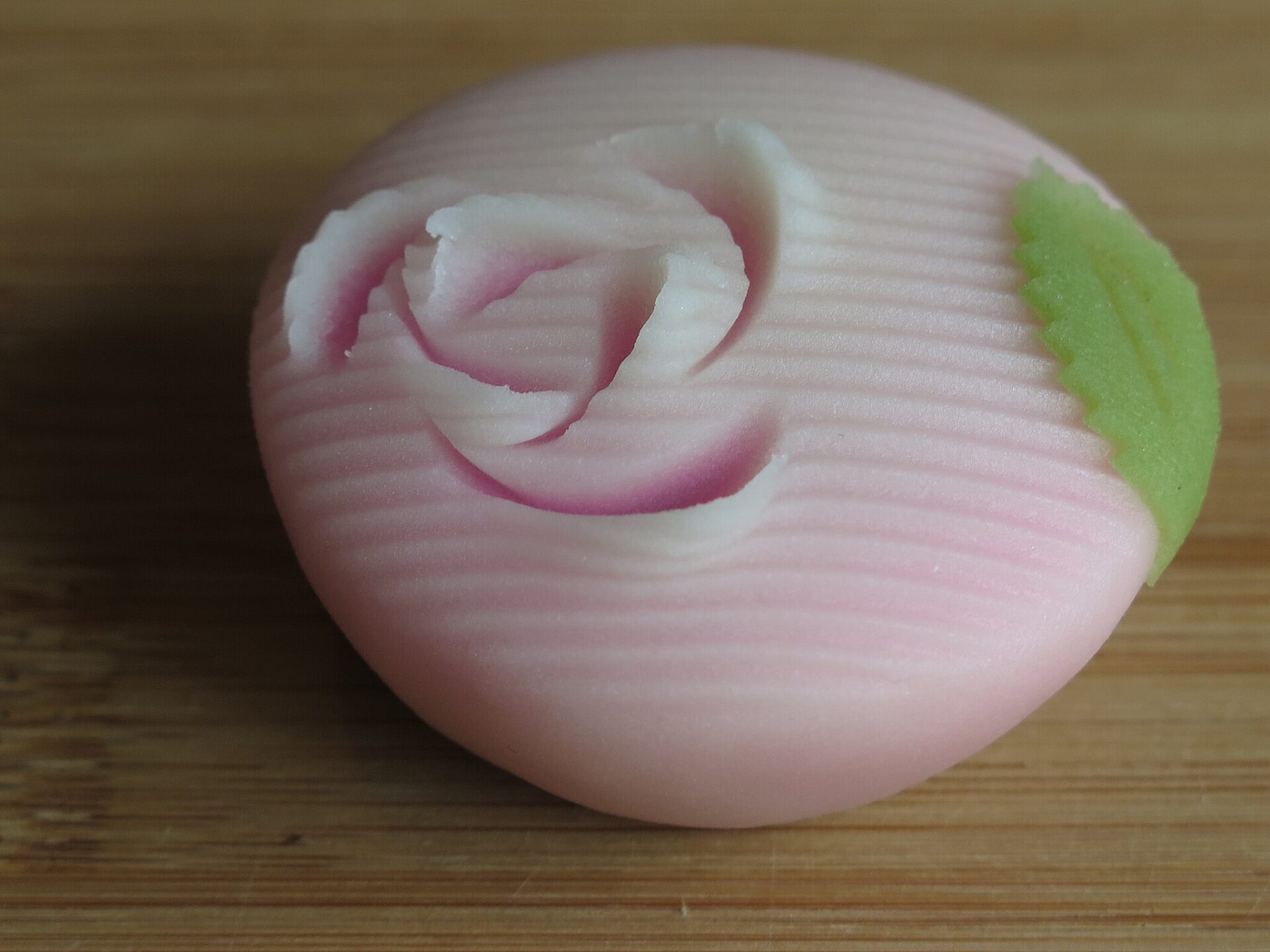
Wagashi refers to traditional Japanese confections that are often elegantly crafted and served with tea. Made from ingredients like sweetened bean paste (anko), rice flour, and agar, Wagashi comes in various shapes and flavors, reflecting seasonal themes and cultural aesthetics in Japanese cuisine.
5 Key Facts
- Traditional Japanese Confections: Wagashi are traditional Japanese sweets.
- Artistic Presentation: They are often crafted into beautiful shapes and designs, reflecting Japanese aesthetics.
- Ingredients: Common ingredients include sweetened bean paste (anko), rice flour, and agar.
- Seasonal Variations: Wagashi designs and flavors change with the seasons, celebrating seasonal ingredients and themes.
- Served with Tea: They are typically enjoyed with Japanese tea, enhancing the overall tea ceremony experience.
Recipes to Try
- Quick and Easy Nerikiri Wagashi
- Nerikiri Wagashi (Japanese Confection)
- Varieties of Wagashi (Traditional Japanese Sweets)
Yokan
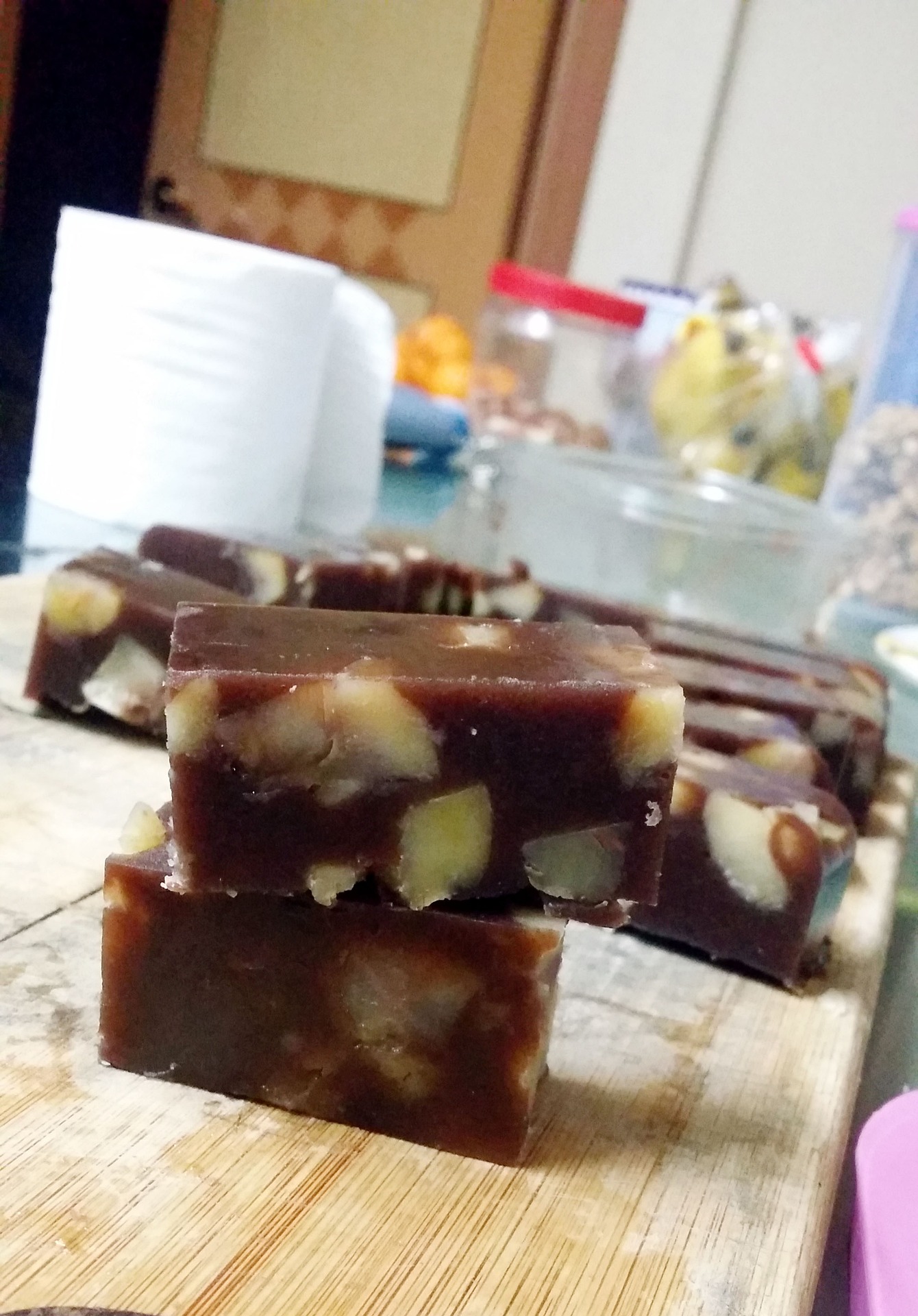
Yokan is a traditional Japanese dessert made from red bean paste, agar, and sugar. It has a firm jelly-like texture and is often served in slices. Yokan comes in various flavors and may include additions like chestnuts or citrus zest, enjoyed as a sweet treat or tea accompaniment.
5 Key Facts
- Japanese Dessert: Yokan is a traditional Japanese sweet, similar to a firm jelly.
- Ingredients: It is primarily made from red bean paste (anko), agar agar, and sugar.
- Texture: Yokan has a dense and smooth texture, often served in rectangular slices.
- Varieties: It comes in different flavors, including plain, with added ingredients like chestnuts or citrus peel.
- Tea Pairing: Yokan is commonly enjoyed with green tea, enhancing its sweet and slightly earthy flavors.
Recipes to Try
Sakura Mochi
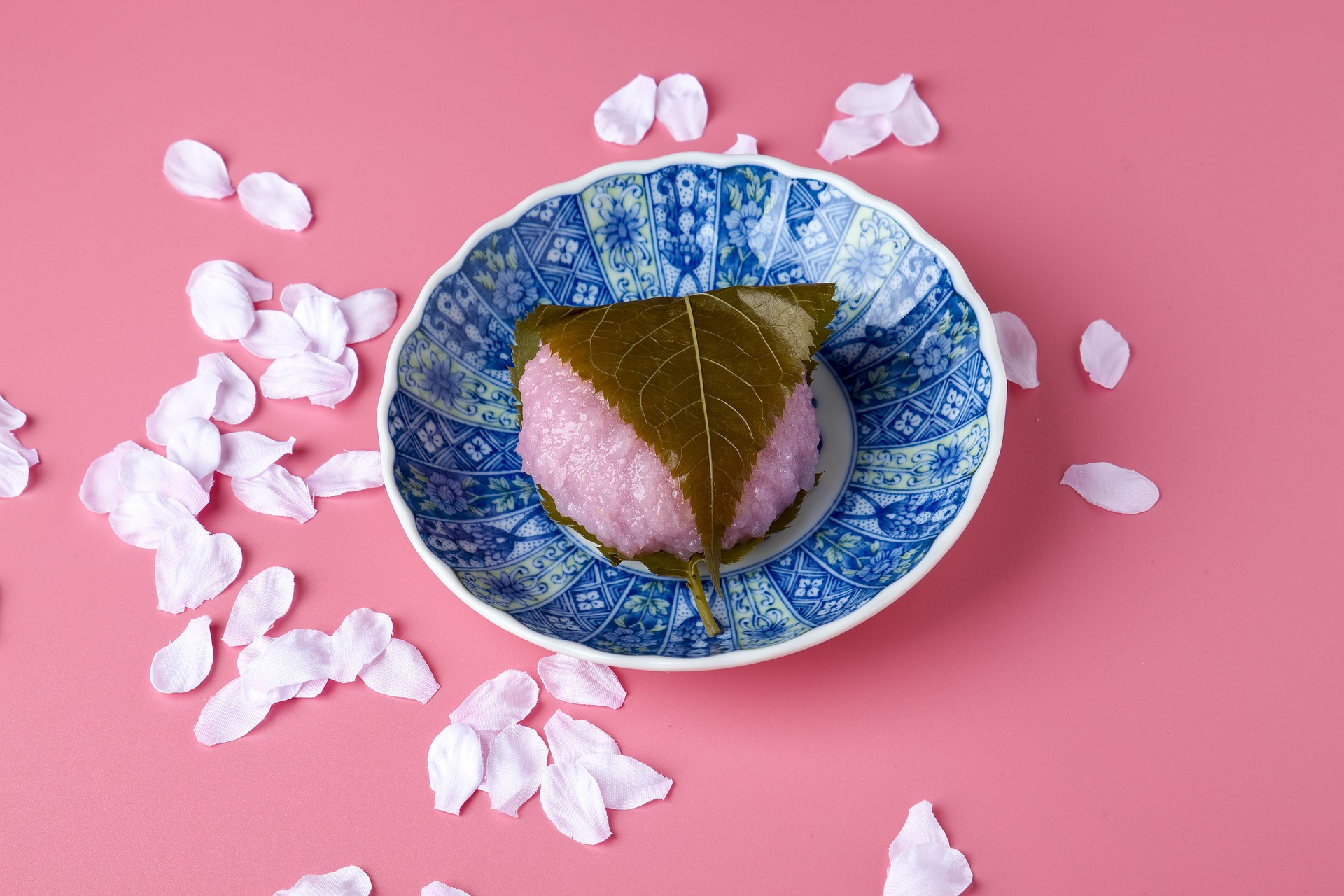
Sakura Mochi is a seasonal Japanese dessert featuring a pink-colored rice cake filled with sweetened red bean paste and wrapped in a pickled cherry blossom leaf. This traditional treat is enjoyed during springtime, celebrating the fleeting beauty of cherry blossoms in Japanese culture.
5 Key Facts
- Seasonal Delicacy: Sakura Mochi is enjoyed during the spring season in Japan, typically around cherry blossom (sakura) season.
- Ingredients: It consists of a sweet pink-colored rice cake filled with sweetened red bean paste (anko).
- Cherry Blossom Leaf: Traditionally, it is wrapped in a pickled cherry blossom leaf, adding a subtle fragrance.
- Regional Variations: Different regions of Japan have variations in size, shape, and filling of Sakura Mochi.
- Cultural Significance: This dessert symbolizes the arrival of spring and is cherished for its connection to hanami (flower viewing) traditions.
Recipes to Try
- How to Make Japanese Sakura Mochi (Naturally Colored)
- Sakura Mochi (Cherry Blossom Sweet Rice Cakes)
- How to Make Kansai-Style Sakura Mochi At Home
Kakigori
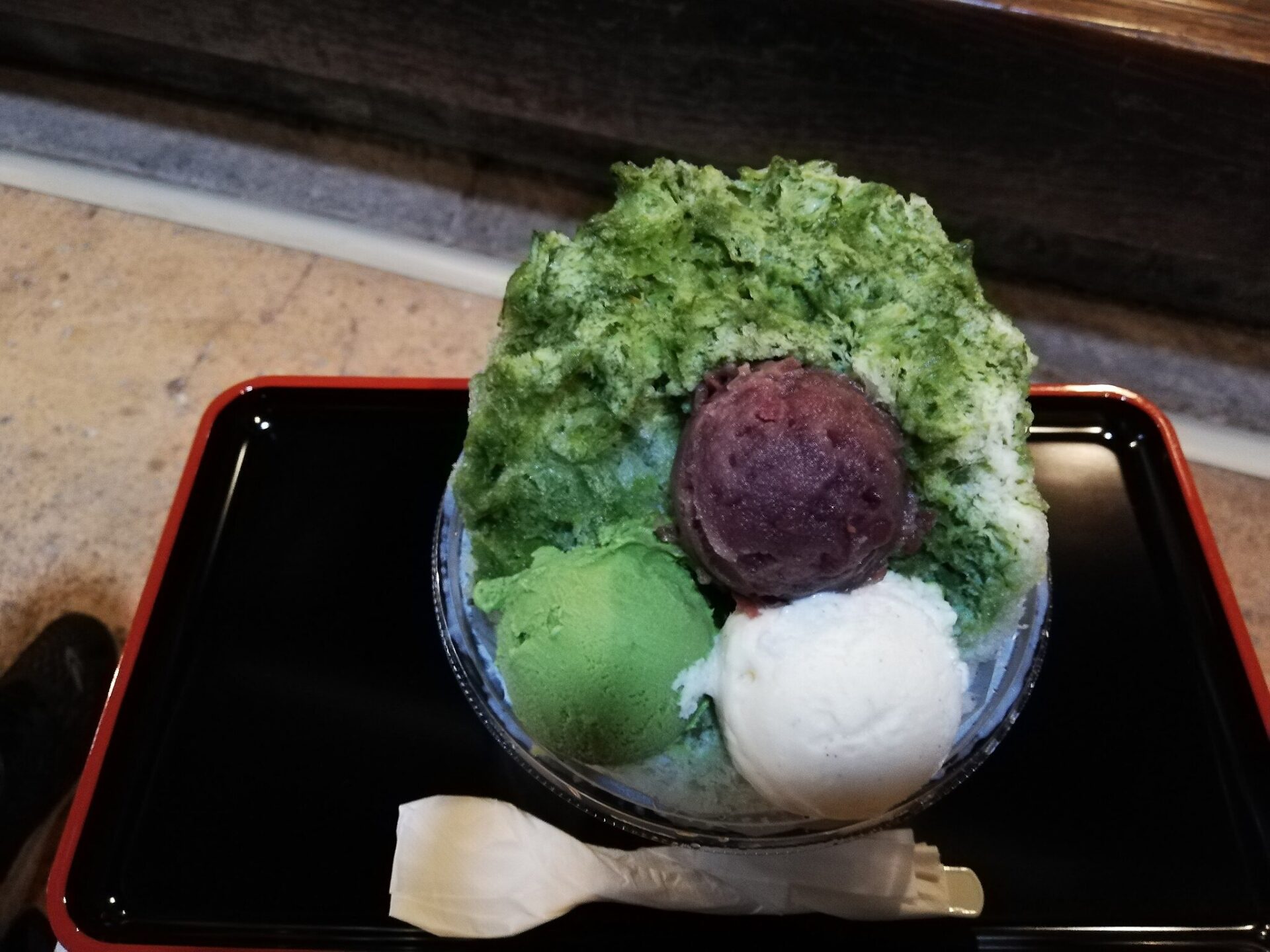
Kakigori is a popular Japanese shaved ice dessert flavored with syrup and condensed milk. Known for its light and fluffy texture, it is often topped with sweetened red beans, mochi, fruits, or matcha powder. Kakigori is a refreshing treat enjoyed during hot summer months in Japan.
5 Key Facts
- Japanese Shaved Ice: Kakigori is a traditional Japanese dessert made from finely shaved ice.
- Flavorful Syrups: It is flavored with various syrups such as strawberry, melon, or matcha, and often topped with condensed milk.
- Variety of Toppings: Common toppings include sweetened red beans (anko), mochi, fruits, and sometimes ice cream.
- Summer Refreshment: Kakigori is a popular treat during Japan’s hot summer months, offering a cool and refreshing experience.
- Cultural Tradition: It has been enjoyed in Japan for centuries, evolving over time with different regional variations and modern twists.
Recipes to Try
- Strawberry and Milk Kakigori Recipe
- How to Make Kakigori: Japanese Shaved Ice Recipe
- Japanese Ujikintoki Kakigori Recipe
Like this Post? Save it on Pinterest!



